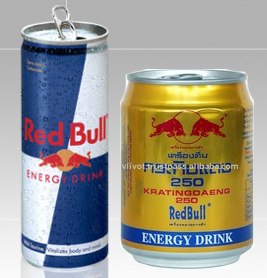Recently a client of mine asked if he could register a trademark for a future product line that is not yet in existence but that he plans to launch. He went on to say that he has a particular name and idea for a product line that he intends to launch one day and he wants to make sure that he secures the rights to the name before someone else takes it.
All too often clients seek to have a trademark filed with the USPTO even though they have yet to meet the requirements needed to legally file a trademark application. More often than not, the applicant has not established a use in commerce for its trademark quite yet and simply hopes to file an Intent to Use trademark application in order to buy time. Usually the applicant will use the six months until a Statement of Use must be filed to begin producing the goods or offering the services. With priority being so important it is easy to see why clients are aggressive in their filings.
Decisions by the Trademark Trial and Appeal Board (TTAB) reaffirm that an Intent to Use Trademark, under section 1(b) of the Trademark Act, is not simply a means to buy time for the applicant to meet the requirements of a section 1(a) Use in Commerce trademark. Even if the mark eventually achieves registration, it is subject to opposition and cancellation in light of the decision in L.C. Licensing, Inc. v. Cary Berman, Opposition No. 91162330 (TTAB March 28, 2008).
An applicant filing a section 1(b) Intent to Use trademark must possess a bona fide intent to use the mark. Something more than a good faith intention to eventually use the mark is needed. As the Board held in L.C. Licensing, , more is required; namely documentary evidence of your intent to use the trademark. Such documentary evidence could include samples of brochures, fliers, signs, or other materials evidencing how the mark is going to be used; snapshot of websites, ; business plans; or other objective evidence showing how the mark will be used In commerce. If you have purchased your domain name and have a website ready to go live and everything else is prepared and you have simply yet to use the mark in commerce or “go live”, than you would likely meet the requirements to file and Intent to Use Trademark as set forth in L.C. Licensing.
However, if you woke up today, as my client did, and thought of a future product line that does not exist, you will likely need to do some work before it is time to file an Intent to Use trademark.
Filed under: Trademark Applications | Tagged: application, Intent to use, Internet Domain, marketing, registration, Trademark, TTAB | Leave a comment »



